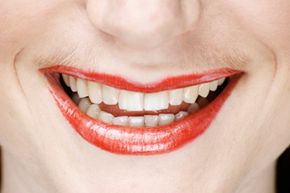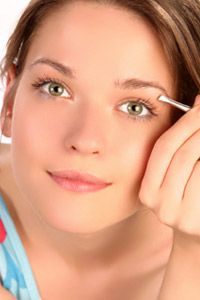There are various cultural viewpoints on body hair. In some places, shaved legs are the norm for females, while in others, leg hair on a woman is seen as attractive. Throughout the world, however, most people see female facial hair, such as wisps under the chin or hairs on the upper lip, as unattractive or freakish, as evidenced by circuses promising bearded ladies. According to writer Victoria Sherrow, this universal disgust has to do with facial hair making a woman look masculine; a mustache on a female's upper lip is a prominent symbol of a woman not fitting within defined gender norms. Sherrow posits that our reaction to female facial hair may be something of an evolutionary throwback to our need to procreate: Since the woman no longer has the smooth, hairless skin of a child, she may be too old to mate [source: Sherrow].
Regardless of why we're turned off by female facial hair, it's impossible to deny that its presence concerns many women. While a woman can take a day off from shaving her legs and wear a concealing pair of jeans, facial hair is front and center, prominent to anyone she comes in contact with. There are many removal methods for facial hair, including tweezing, waxing and shaving. Shaving a mustache, however, may not reassure a woman concerned about her femininity, and many women are erroneously convinced that shaving these hairs will make them grow back thicker and coarser. While that's not true, women may not like the sensation of stubble as the hair grows back. Tweezing and waxing can be extremely painful. For these reasons, many women turn to bleaching to take care of a little hair on the lip. Is this method effective?
Advertisement



